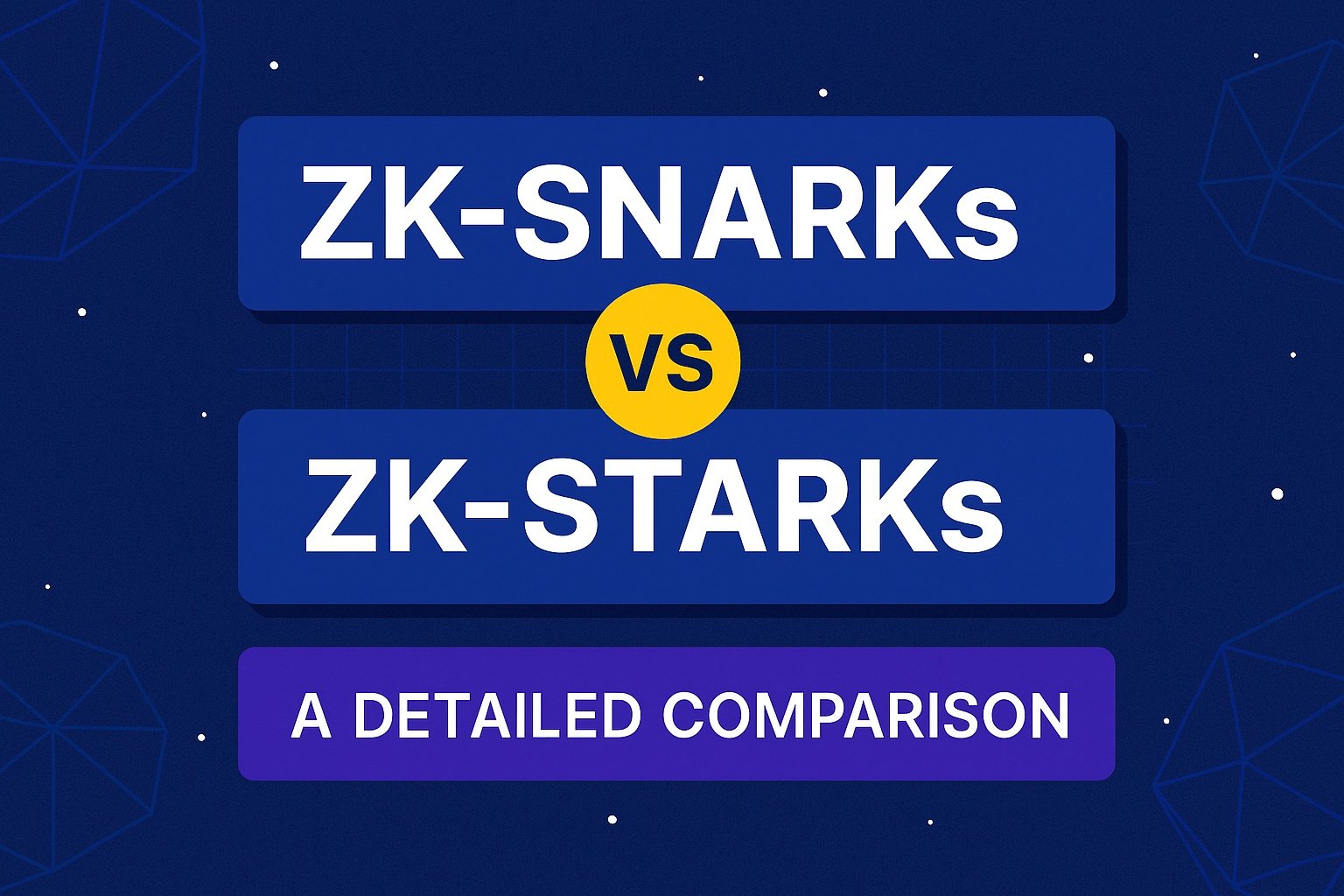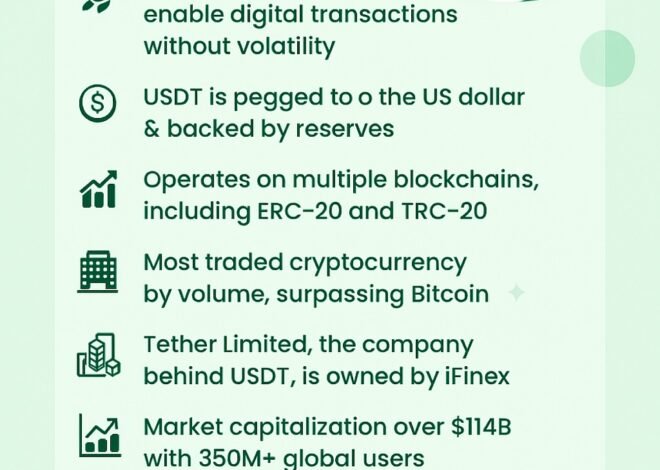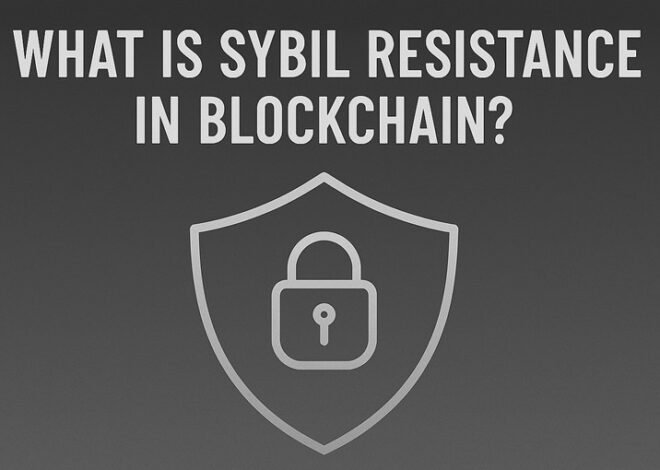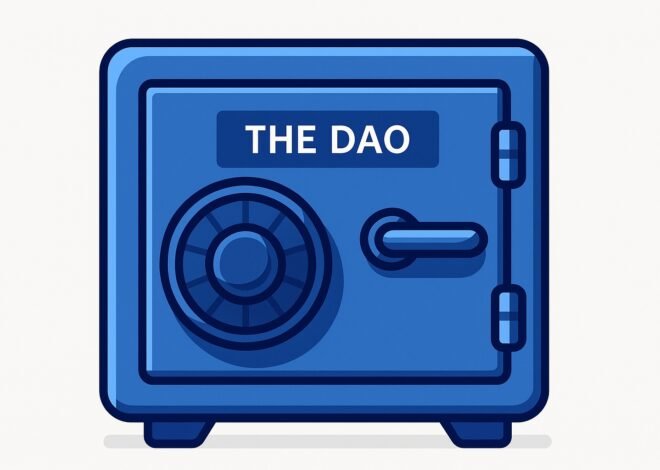
ZK-SNARKs vs ZK-STARKs: Ultimate Comparison Guide
Zero-knowledge proofs let you validate computations without revealing underlying data. ZK-SNARKs and ZK-STARKs both deliver succinct proofs, but they diverge on trust assumptions, transparency, quantum resistance, proof sizes, and computational trade-offs. This post unpacks definitions, core differences, practical use cases, and future directions to help you choose the right technology for your project. So dive into ZK-SNARKs vs ZK-STARKs.
What Are ZK-SNARKs?
ZK-SNARK stands for Zero-Knowledge Succinct Non-Interactive Argument of Knowledge. It enables a prover to convince a verifier that a statement is true without revealing any additional information and without back-and-forth interaction. SNARK proofs remain tiny and verify quickly, making them popular in blockchains like Zcash.
Key characteristics of ZK-SNARKs:
- Succinct proofs (constant size regardless of statement complexity)
- Non-interactive (single transmission)
- Requires a trusted setup phase (Structured Reference String)
- Efficient verification on-chain
- Relies on elliptic-curve cryptography (potentially vulnerable to future quantum attacks)
What Are ZK-STARKs?
ZK-STARK stands for Zero-Knowledge Scalable Transparent Argument of Knowledge. STARKs remove the need for any trusted setup, improving transparency and post-quantum security. They generate larger proofs and incur higher prover overhead, but they shine in batch verifications and large-scale computations.
Key characteristics of ZK-STARKs:
- Transparent setup (no secret parameters)
- Scalable proofs suitable for large circuits
- Post-quantum secure (resistant to quantum attacks)
- Larger proof sizes and higher prover computation
- Fast verification that can be parallelized
| Feature | ZK-SNARKs | ZK-STARKs |
|---|---|---|
| Trusted Setup | Required | Not required |
| Proof Size | Very small (≈100–200 bytes) | Larger (≈1–10 MB) |
| Verification Speed | Extremely fast | Fast, parallelizable |
| Prover Computation | Moderate | Higher |
| Transparency | Setup trust assumptions | Fully transparent |
| Quantum Resistance | Vulnerable (ECC-based) | Post-quantum secure |
| Use Cases | Privacy coins; Layer-2 rollups | Data availability proofs; rollup proofs |
Pros and Cons of ZK-SNARKs and ZK-STARKs
- ZK-SNARKs
- Pros: Minimal on-chain data; mature tooling; low verification cost.
- Cons: Trusted setup risk; potential quantum vulnerability.
- ZK-STARKs
- Pros: No trusted setup; quantum resistant; scalable for large proofs.
- Cons: Large proof sizes; higher prover resource demands.
Real-World Applications
- Privacy-Preserving Transactions
- Zcash uses Groth16 SNARKs for shielded transfers.
- Emerging zk-STARK rollups batch transactions off-chain.
- Scalability Solutions
- SNARK-based rollups (e.g., zkSync) trade trusted setup for tight data footprints.
- STARK-based rollups (e.g., StarkNet) favor transparency and quantum safety.
- Beyond Blockchain
- Secure computation verification in cloud services.
- Confidential identity proofs and verifiable credentials.
Choosing Between SNARKs and STARKs
- Opt for SNARKs when proof size and on-chain gas cost are paramount and you trust your setup ceremony.
- Opt for STARKs when you need maximal transparency, post-quantum guarantees, and can accommodate larger proofs off-chain.
Future Directions and Emerging Trends
ZK technology continues evolving:
- Halo and Plonk: SNARK variants reducing or eliminating trusted setups.
- Recursive Proofs: Nest proofs to compress verification even further.
- Bulletproofs: Interactive, no trusted setup, moderate proof sizes.
- Optimized STARK Implementations: Research into reducing proof overhead and bandwidth.
Read Also-
Top Cryptocurrency ETFs – All You Need to Know
What is Overflow and Underflow in Solidity? Methods to Prevent It


